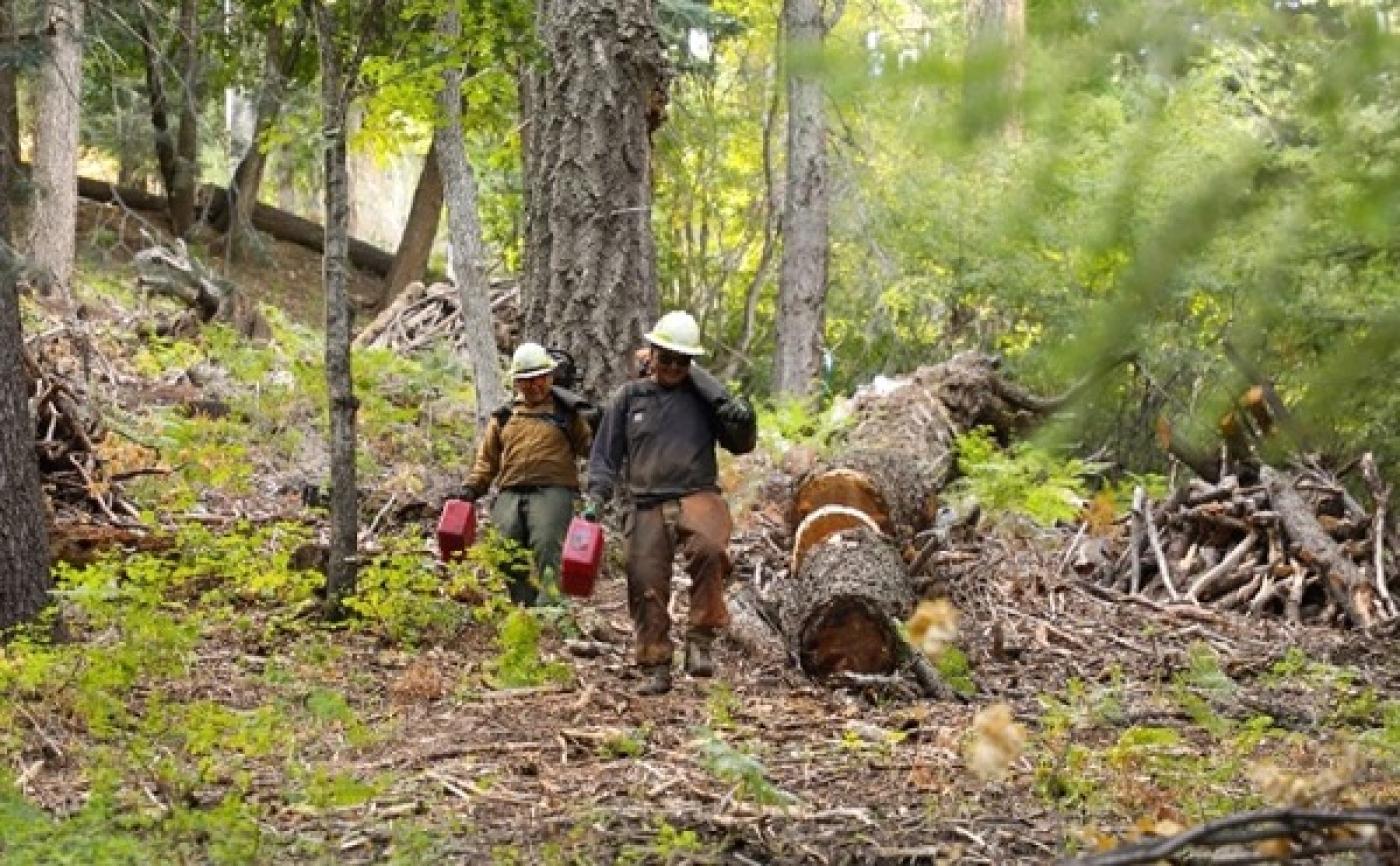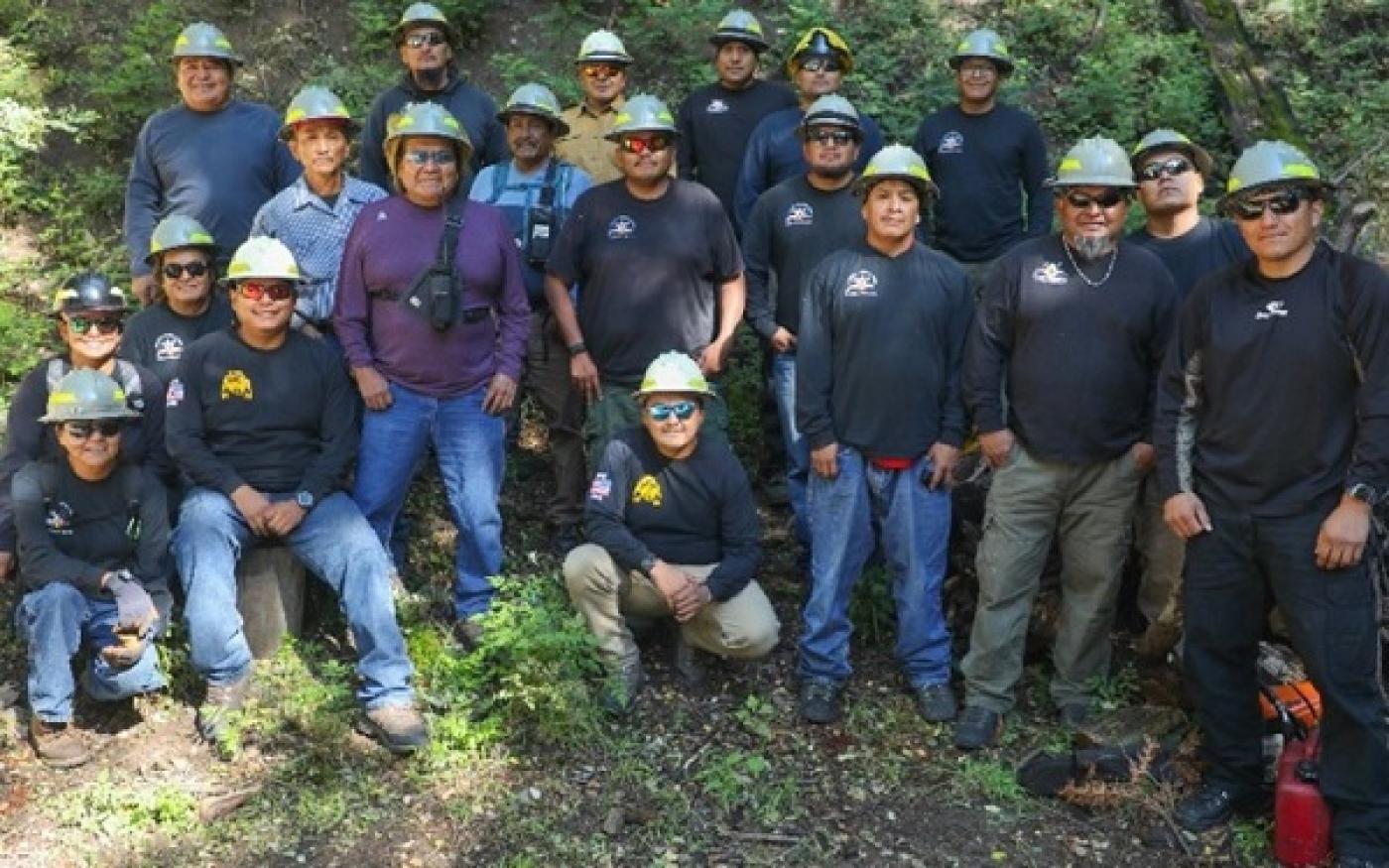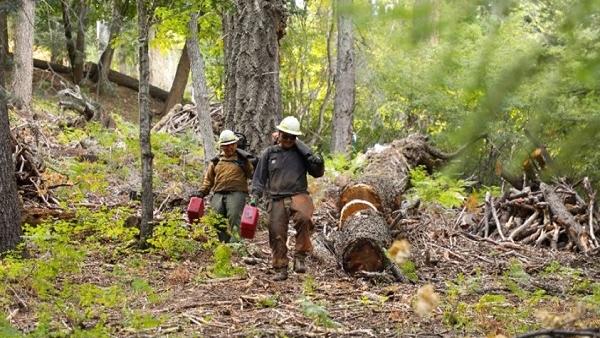You are viewing ARCHIVED content published online before January 20, 2025. Please note that this content is NOT UPDATED, and links may not work. Additionally, any previously issued diversity, equity, inclusion or gender-related guidance on this webpage should be considered rescinded.
Article
Beginning September 2022, the BIA’s Western Region will be participating in the implementation of fuels treatments on the Santa Catalina Ranger District of the Coronado National Forest (CNF) over a three-year period.
The project, titled the Catalina-Rincon Restoration and Fuels Mitigation project, will be funded by the United States Department of Agriculture’s (USDA) Joint Chief’s Landscape Restoration Project Award. The $3.7M award will mitigate wildfire risk, protect water quality, improve wildlife habitat, and restore forest ecosystems within the CNF. The lands having interest of 12 federally recognized Tribes, concerning water, plants, and wildlife. The fuels treatments will include prescribed fire and hand thinning, installation of erosion control structures, and endangered species monitoring. The endangered species being identified as the Mexican Spotted Owl. Additionally, planning will include youth fire education projects within the district.

“In the Santa Catalina Mountains, the treatments are expensive and complex due to the need to balance the concentration of communication sites, homes, businesses, and observatories with the Mexican Spotted Owl Protected Activity Centers, designated critical habitat, and recently delineated recovery habitat,” said Keith Burnette, Prescribed Fire/Fuels Specialist for the Division of Forestry and Wildland Fire Management’s Western Region Office. “Invasive plant species, buffelgrass, fountain grass, and nonnative annual grasses in lower elevations are increasing fuel loading and fire frequency in desert communities that are not fire-adapted.”

The project itself will continue to support an ongoing Reserved Treaty Rights Lands (RTRL) program, a partnership between the BIA, Fort Apache Agency Fuels Crew and CNF developed in 2019 which earned the prestigious Pulaski Award for the fuels crew’s interagency coordination, safety, and overall performance.
“It’s important to note that safeguarding Tribal interest and coordinating co-stewardship with Tribes were identified early in the development of the proposal,” said Charles Woodard, District Ranger for Santa Catalina. “The Catalina-Rincon Restoration project will enable additional Tribes to participate in the restoration of traditional homelands, supplementing the Reserved Treaty Rights Lands program which continues to provide positive results. It is an honor to be awarded this high-level competitive grant we look forward to working with our partners to obtain meaningful results.”
The Joint Chiefs’ Landscape Restoration Partnership enables NRCS and the Forest Service to collaborate with agricultural producers and forest landowners to invest in conservation and restoration at a big enough scale to make a difference. Working in partnership, and at this scale, helps reduce wildfire threats, protect water quality, and supply, and improve wildlife habitat for at-risk species. To learn more about other Joint Chiefs’ Landscape Restoration Project summaries for fiscal year 2022, visit the USDA website.
Image

Related Page or Document
Contact Us
Boise, ID 83705
fire.management@bia.gov


